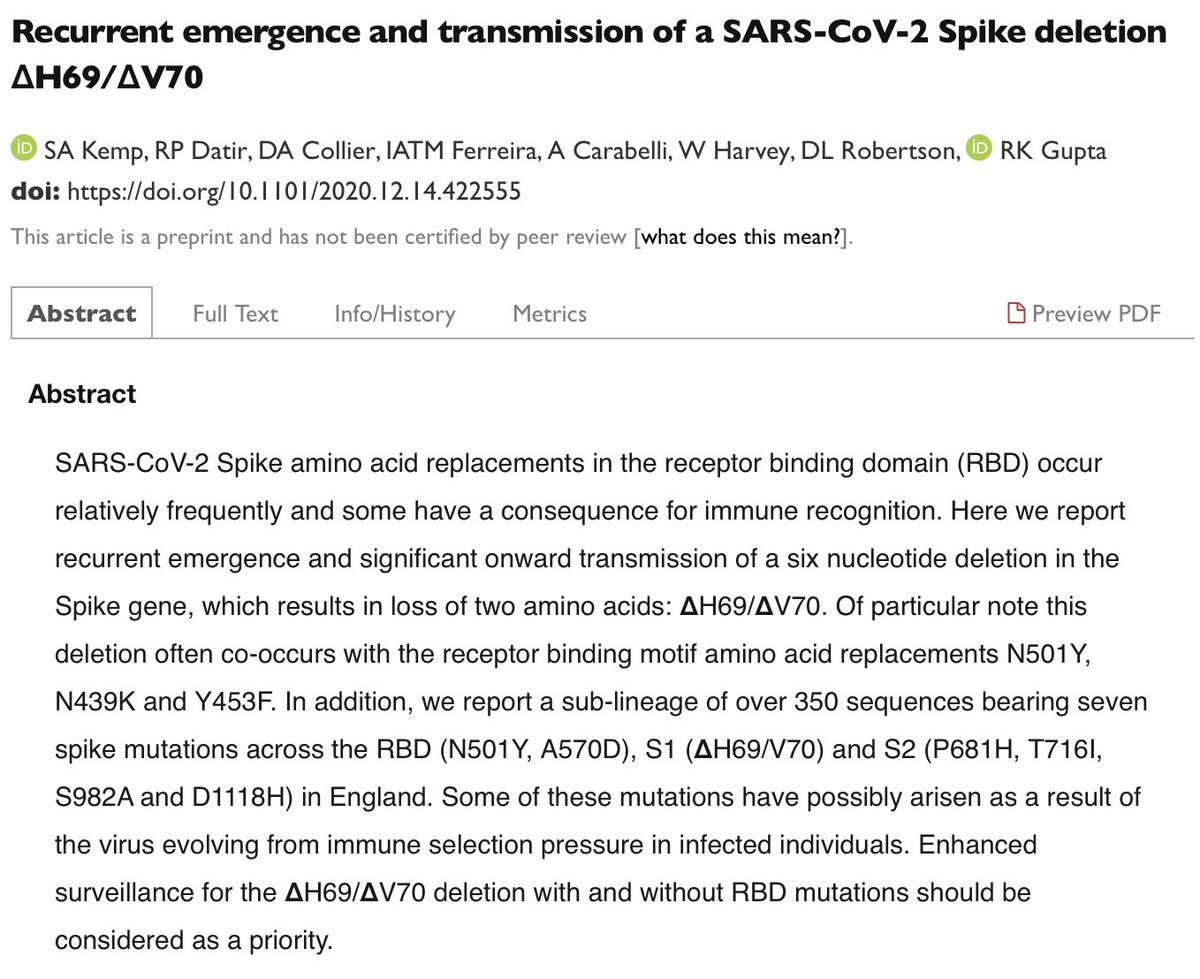It is VITAL that you understand we got here because we allowed Fox News, Newsmax, Alex Jones, Brietbart and MANY MANY others to create a siege mentality in the right.
One of the most disturbing aspects of a siege mindset is a willingness to reflexively believe ANY claim against
More from Pam Keith, Esq.
More from News
1/1 On @seanhannity last night (at 5:56 of this clip), @SenTedCruz said that the Hayes-Tilden Commission was "charged with reviewing the evidence and making a determination about the disputed ballots." That's incorrect. The Commission was tasked with determining which rival ...
2/2 ... group of electors was appointed by the authority within state government entitled to make that appointment at the time the electors cast their votes on the constitutionally required day. Justice Joseph Bradley, who was held the intentionally tiebreaking seat on the ...
3/3 ... 15-member Commission, explained his decision in favor of Hayes by saying that it was NOT the Commission's authority (NOR Congress's, from which the Commission derived its subsidiary power) to determine whether the state properly counted its popular vote. Instead, ...
4/4 ...it was the Commission's job to figure out which of the competing claims was correct concerning who had authority under state law to make the determination upon which the appointment of electors would be based. For Florida, Bradley ruled that the state's canvassing board...
5/5... had this authority at the time the electors voted & thus Congress was obligated to accept the votes cast by the electors that the canvassing board had appointed, and this was true even if the canvassing board's appointment was based on a mistake or even fraud affecting ...
Tomorrow is an important day. We have an obligation to protect the integrity of the election & our democratic system. That\u2019s why 10 of my colleagues & I are calling for an Electoral Commission to conduct an emergency 10-day audit to examine voter fraud allegations. pic.twitter.com/fExTpxlmKl
— Senator Ted Cruz (@SenTedCruz) January 6, 2021
2/2 ... group of electors was appointed by the authority within state government entitled to make that appointment at the time the electors cast their votes on the constitutionally required day. Justice Joseph Bradley, who was held the intentionally tiebreaking seat on the ...
3/3 ... 15-member Commission, explained his decision in favor of Hayes by saying that it was NOT the Commission's authority (NOR Congress's, from which the Commission derived its subsidiary power) to determine whether the state properly counted its popular vote. Instead, ...
4/4 ...it was the Commission's job to figure out which of the competing claims was correct concerning who had authority under state law to make the determination upon which the appointment of electors would be based. For Florida, Bradley ruled that the state's canvassing board...
5/5... had this authority at the time the electors voted & thus Congress was obligated to accept the votes cast by the electors that the canvassing board had appointed, and this was true even if the canvassing board's appointment was based on a mistake or even fraud affecting ...
A quick thread on the new variant, pulling together information from news sources, twitter, genomic databases, and word from well-placed peers.
The new variant in the UK consists of several mutations in the spike protein, including ΔH69/ΔV70 deletions & other receptor binding domain mutations such as N501Y.
The variant is described here in this pre-print from @GuptaR_lab.
https://t.co/ui2U1r1ANA

The ΔH69/ΔV70 variant continues to increase quite rapidly as a proportion of overall positives (roughly doubling in the last 2 to three days), and is apparently now the dominant strain in test positives in some regions.
Extensive efforts have gone into enhanced surveillance for the ΔH69/ΔV70 deletion with and without RBD mutations, and it is good that we are aware of this.
There is a need for calm and rational thinking, and more evidence is needed.
But the early data is certainly concerning
Cabinet has been summoned for call at lunchtime. Lots of concern about new data on virus in parts of England, feels like fast moving situation. https://t.co/308YsJEVGw
— Nick Eardley (@nickeardleybbc) December 19, 2020
The new variant in the UK consists of several mutations in the spike protein, including ΔH69/ΔV70 deletions & other receptor binding domain mutations such as N501Y.
The variant is described here in this pre-print from @GuptaR_lab.
https://t.co/ui2U1r1ANA

The ΔH69/ΔV70 variant continues to increase quite rapidly as a proportion of overall positives (roughly doubling in the last 2 to three days), and is apparently now the dominant strain in test positives in some regions.
Extensive efforts have gone into enhanced surveillance for the ΔH69/ΔV70 deletion with and without RBD mutations, and it is good that we are aware of this.
There is a need for calm and rational thinking, and more evidence is needed.
But the early data is certainly concerning























